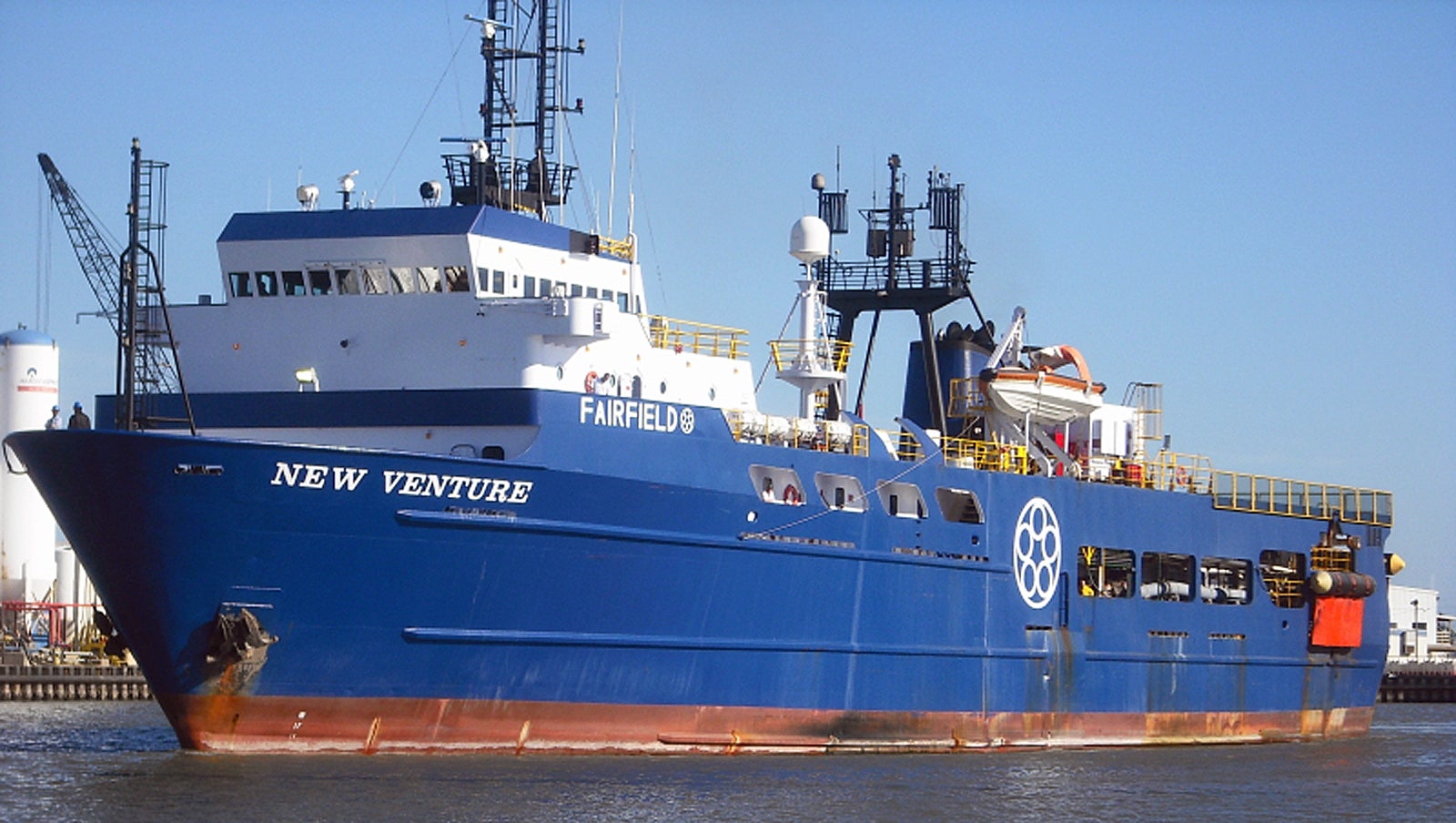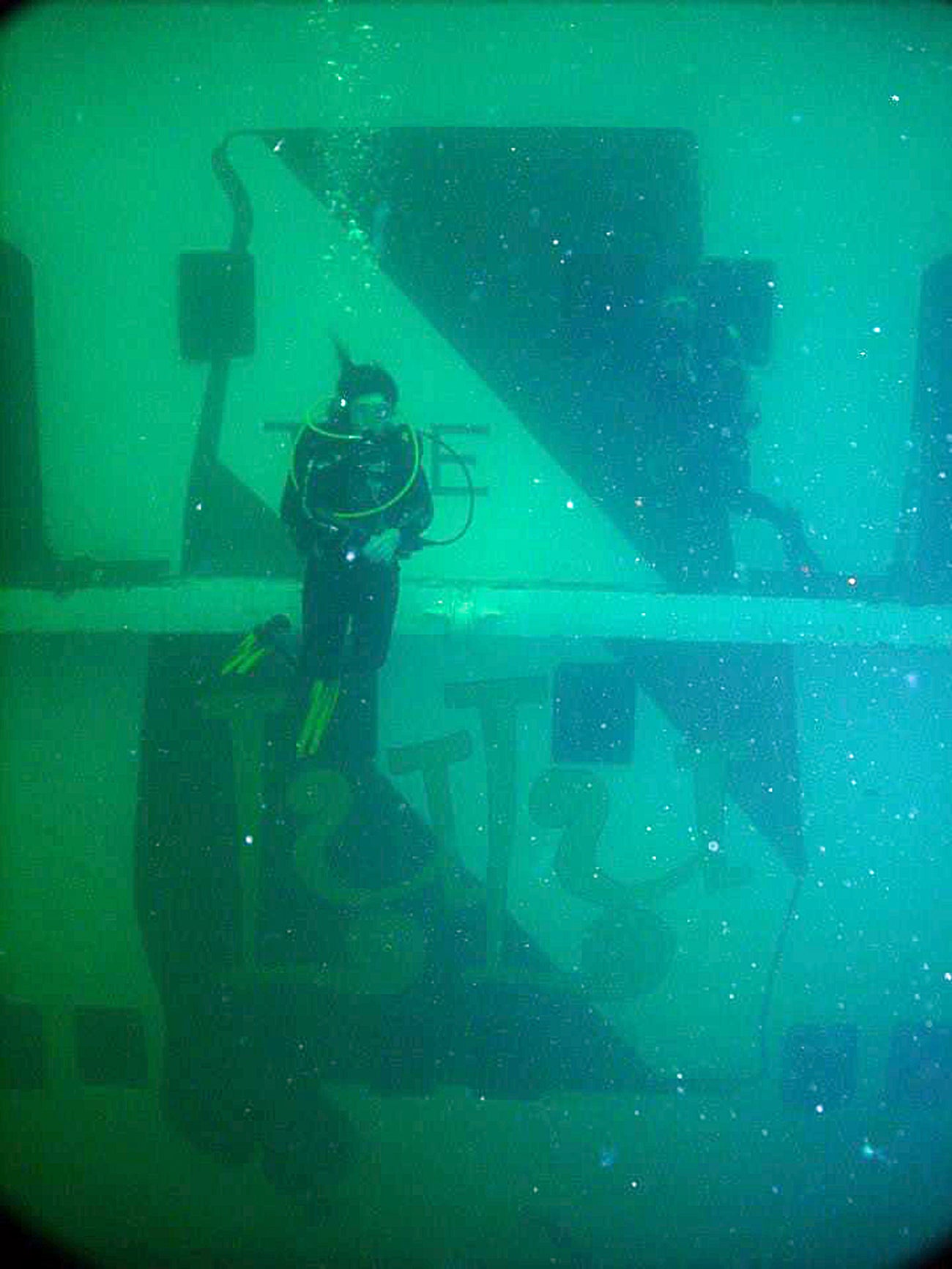Newton said this shipwreck will provide excellent opportunities for divers with a wide range of skill sets.
“The top of the superstructure will be just 60 feet below the surface, so divers with less experience can go down and see the superstructure and swim in the shallower portions of shipwreck and stay within their dive limits,” he said. “But it’s also going to have opportunities for technical divers, divers with more experience, to gain some dive time as well. The dive will be right at 120 feet. With the penetrations and holes we’re going to cut into the ship, the technical divers will be able to swim into the shipwreck.
“But we will have somewhat limited access to prevent divers from getting too far into the shipwreck. We’re taking precautions to make the dive site as safe as possible and providing opportunities for divers with a wide range of experience.”
The money to create the shipwreck came from oil spill funds through a grant from the National Fish and Wildlife Foundation.
“This deployment is just one component of a larger plan we’ve been working on the past couple of years,” Newton said. “Last year, we spent a little more than $3.5 million on artificial reefs. We’re working on about the same budget this year. The total money allotted for artificial reefs is $11.8 million. Once that funding is exhausted, we’ll have a much more connected ecosystem. We’ll have artificial reefs within the 9-mile state waters boundary. We’ll enhance the structures that are offshore, and we’ll have a much more productive inshore reef system as well.
“It’s important to focus on each one of those areas because of the level of connectivity between inshore and nearshore habitats. Things like red drum (redfish), flounder and mangrove (gray) snapper grow up in estuaries and migrate to the nearshore waters for spawning. This money is helping to provide habitat where it has been a limiting factor.”
New Venture will be deployed near The LuLu, a 271-foot coastal freighter that was deployed in 2013 with great fanfare. The Alabama Gulf Coast Reef and Restoration Foundation (AGCRRF) spearheaded a fundraising drive to be able to sink The LuLu.
“It’s going to provide ecotourism opportunities,” Newton said. “It should be a better draw for people in north Alabama and Georgia who like to dive. They are more likely to come to the Alabama coast and boost the economy here rather than going to Florida.”
Chandra Wright, a dive enthusiast and ecotourism specialist with the Alabama Gulf Coast Convention and Visitors Bureau, is of the mindset that if we build it, they will come.
“Right now, our dive shops are running trips to The LuLu and making two dives on the same ship,” said Wright, who also serves as AGCRRF secretary. “By having a second ship, you do one dive on The LuLu and come back and dive New Venture on the same trip.








